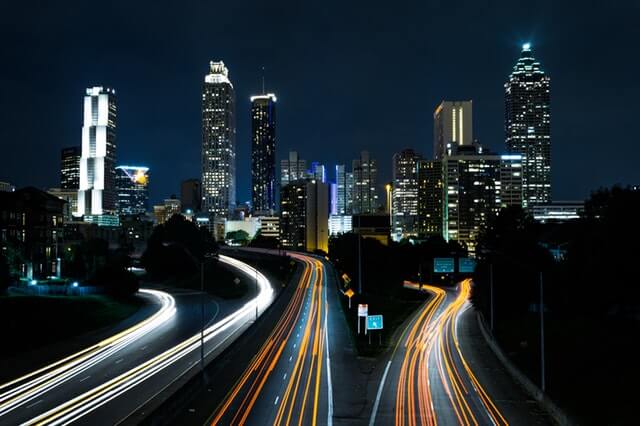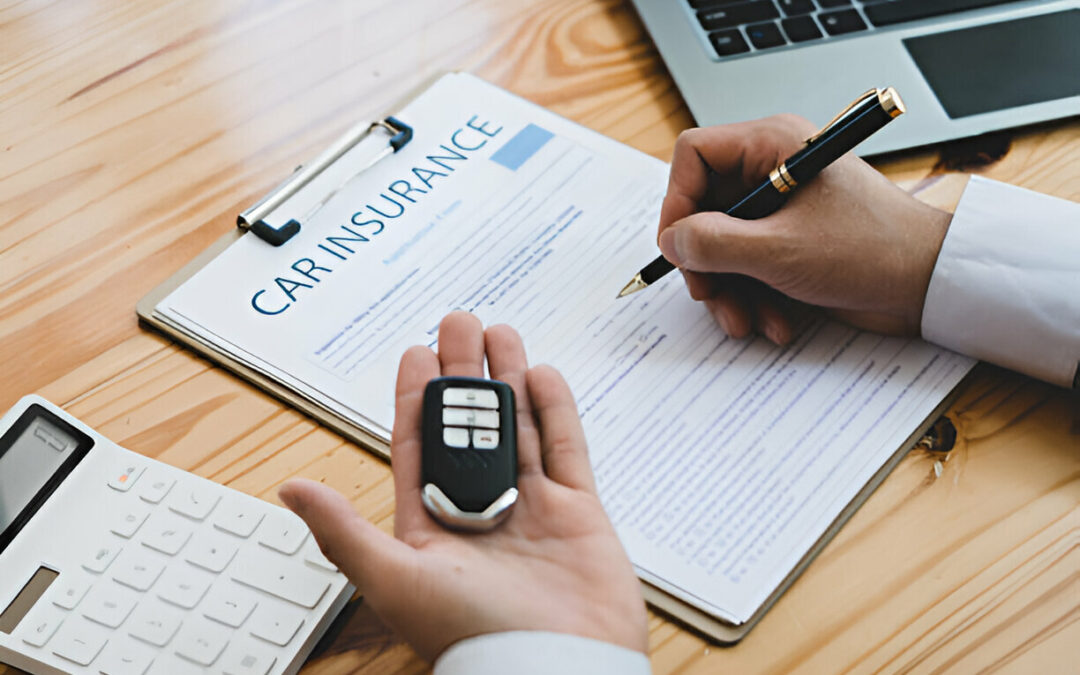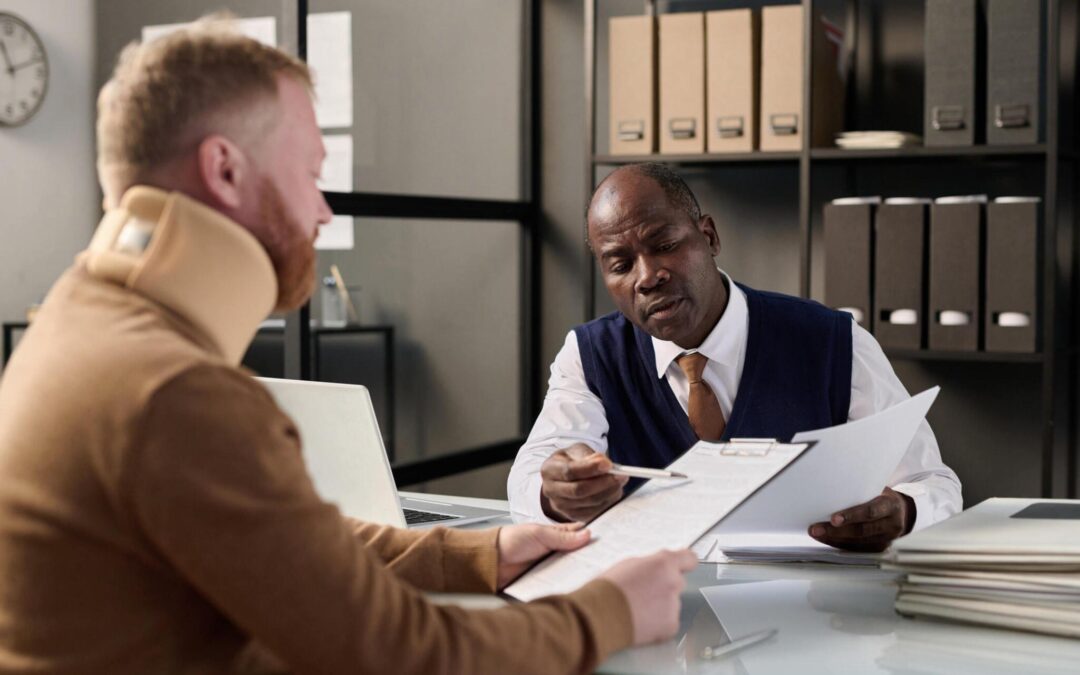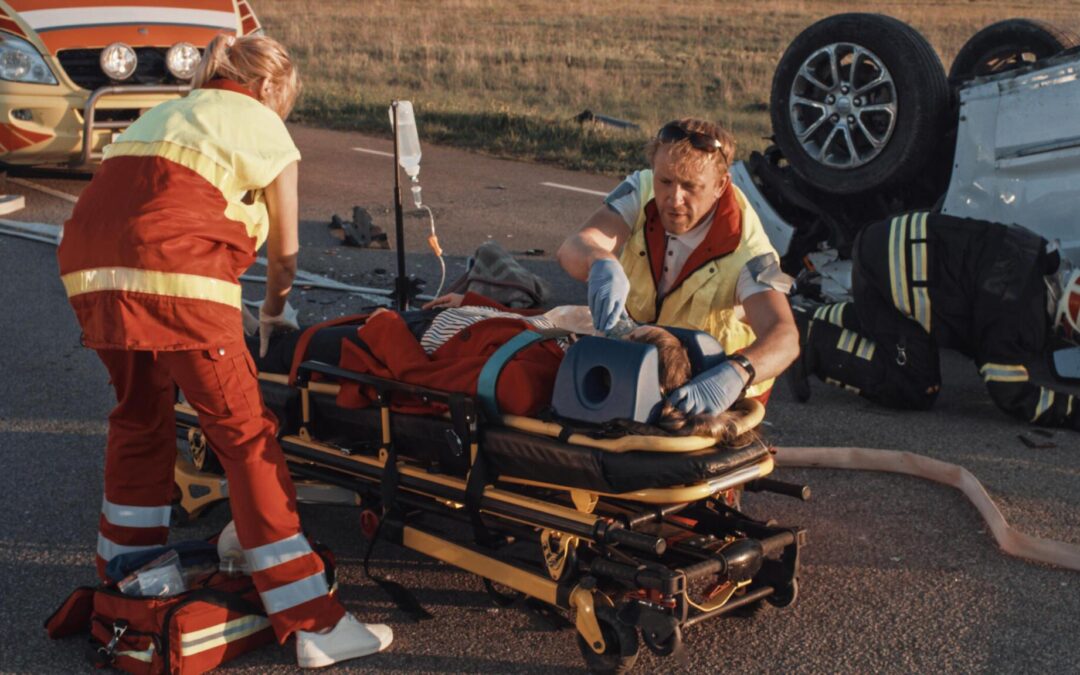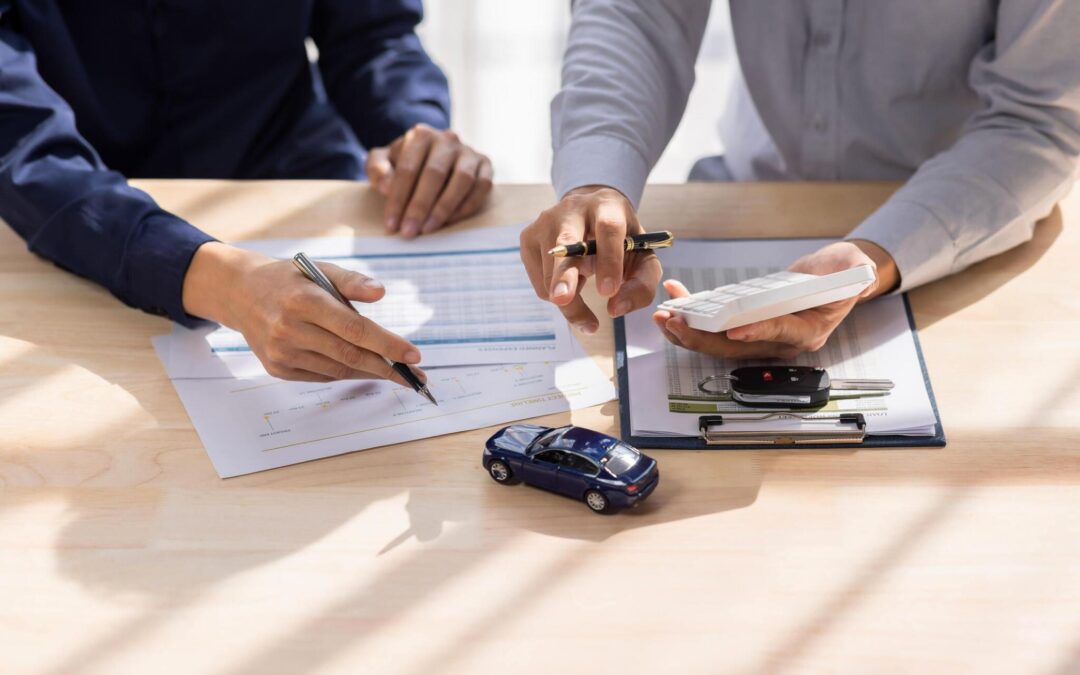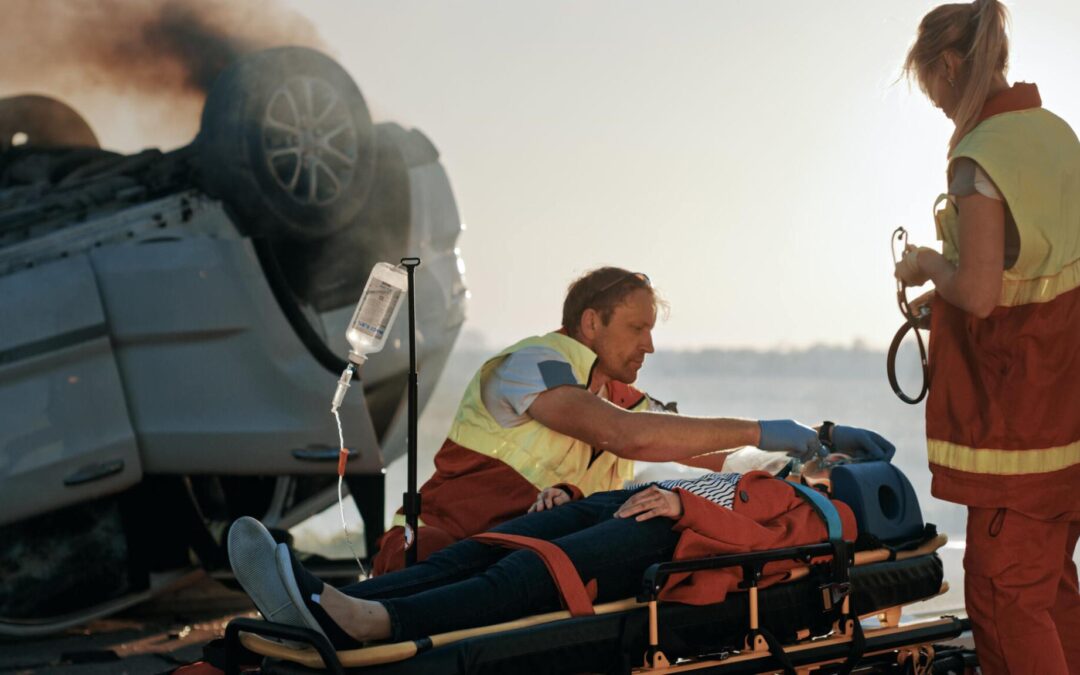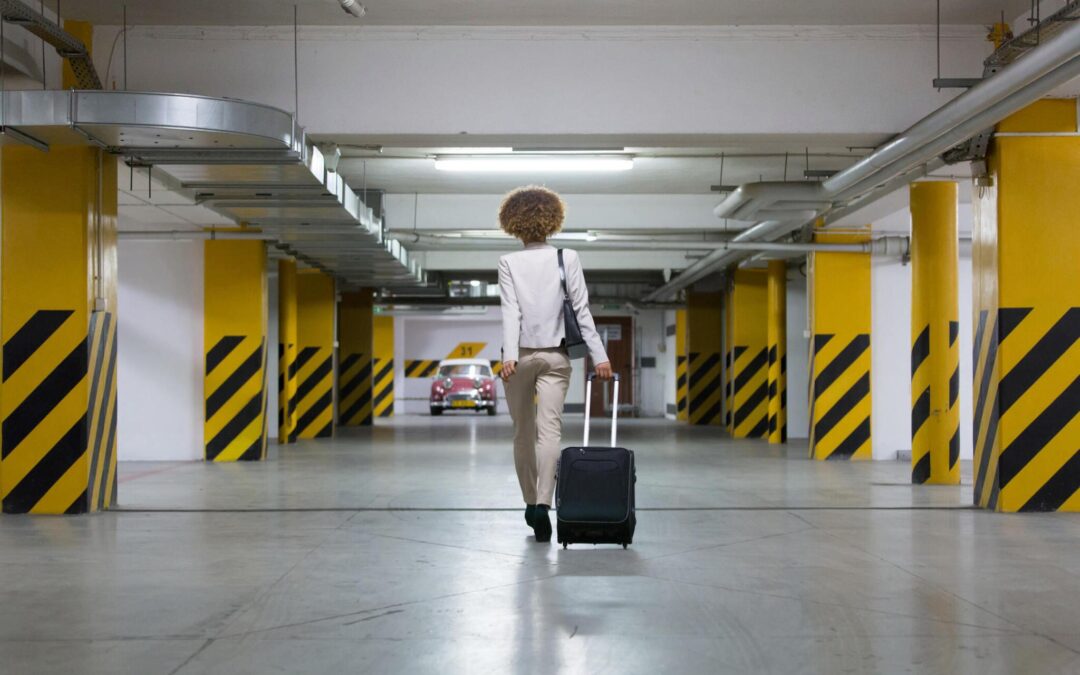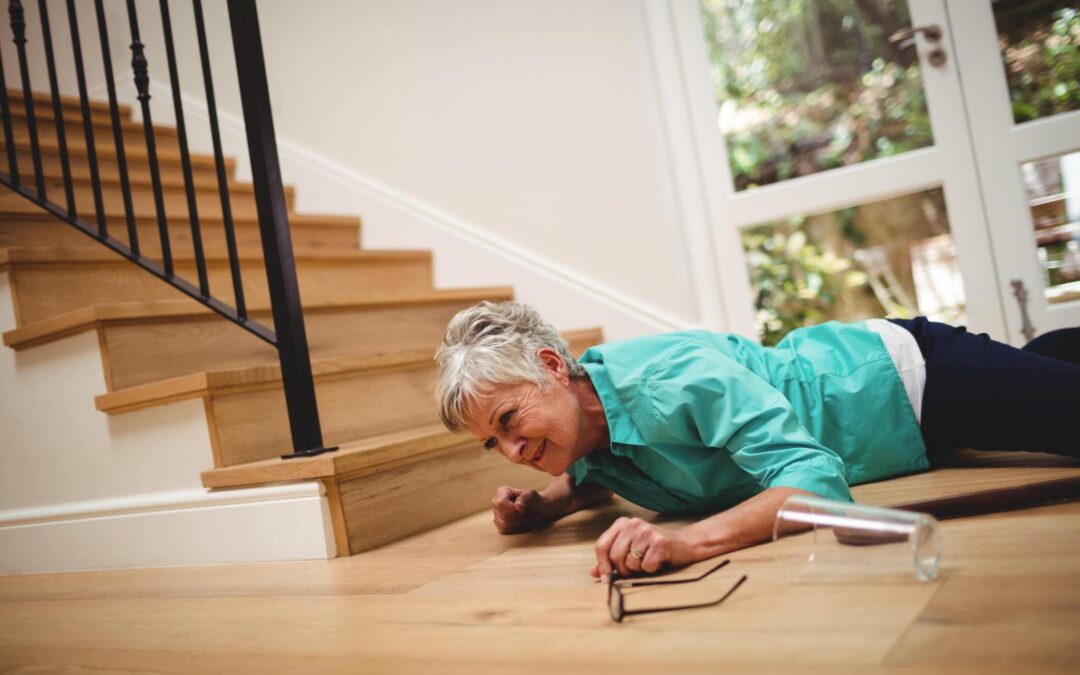Accidents involving more than two cars can be devastating, so knowing how to avoid a car pileup is critical. Multi-car accidents put drivers and passengers at risk for injury and death, especially in cases where one car is trapped between two others. With each point of impact, your risk for injury increases, so it is critical to how to protect yourself in a pileup car accident.
Factors leading to car crashes involving multiple vehicles are often similar to those that lead to one- and two-car accidents, but there are a few things to be aware of if you want to avoid getting hurt in a pileup.
How to Avoid a Car Pileup
- Always maintain a safe distance.
- Move to safety.
- Slow down if you see an accident.
- Drive slowly in poor weather conditions.
- Always drive defensively.
These might seem like simple rules to follow, but you would be surprised how many people break them every day in Florida. Keep reading to learn more about each tip in detail.
Precautions to Take to Avoid Multi-Car Accidents
-
Maintain distance between yourself and the car ahead of you.
Some multi-car accidents happen because vehicles are driving too close together. When you’re too close to the car in front of you, you don’t have as much time to react in the event that they stop abruptly. In most situations, maintaining at least two car lengths between your car and the car ahead of you will help you avoid colliding with them. If you want to further reduce your chances of an accident and injury, increase your distance.
Maintaining the proper distance between your car and the car in front of you can keep you and your family safe. If the vehicle in front of you is a truck or another heavy vehicle, it could even save your life. While it’s true that you can’t prevent someone rear ending your car, you can reduce the damage to your vehicle and the possibility for injuries if you keep enough space in front of you.
-
Move your vehicle to safety if you are in an accident with another vehicle.
Two-car accidents can turn into multi-car accidents if you don’t move to safety, especially in high-speed, high-traffic areas. If you are in a minor accident on an interstate or highway, move the shoulder of the road as swiftly as possible. You should always turn on your hazard lights after an accident if they are still functional after the car crash.
Moving your vehicle out of the path of other vehicles can prevent multi-car accidents and pileups from happening, but it is not always possible. If you are unable to move your car to a safer place, you should definitely turn on your hazard lights. When it is safe to do so, walk out of harm’s way and contact emergency services.
-
Slow down if you see an accident ahead of you.
Seeing an accident ahead of you could mean hazardous road conditions, such as debris from the accident or even pedestrians trying to flee to safety. It is critical to always keep your eyes on the road and pay attention for driving hazards, including accidents. Even if the cars involved in the accident are moved to the side of the road, slow down. You could save the life of a pedestrian or an emergency responder.
If you see an accident, immediately slow down and turn on your hazard lights so the drivers behind you know to proceed with caution. Failure to do so could contribute to a pileup, injury, or even death.
-
Slow down in poor driving conditions.
If it’s raining or the roads are slippery, adjust your speed and driving strategy to the situation. Poor visibility—for instance, when there is fog—can also lead to an accident. When in doubt, just slow down.
In Florida, we have to cope with bad weather during every season, so we should be used to driving in poor conditions. Unfortunately, however, we are one of the most dangerous states for drivers.
You should also maintain your car so that it can handle heavy rain. Getting new tires with good tread can reduce your chances of hydroplaning. Replacing your windshield wipers can help you see during a storm. Even cleaning your windshield regularly can help you avoid an accident in in low visibility.
-
Always drive defensively.
Defensive driving can help you avoid collision and injury, especially when you are driving on the highway where speeds are faster.
What does it mean to drive defensively?
To put it simply, defensive driving means assuming that any other driver can act recklessly or lose control of their vehicle at any time. To drive defensively, you need to keep your eyes peeled for possible hazards, know what you will do in various scenarios, and avoid distraction. If someone is driving dangerously, call the authorities and keep your distance. Stay alert, scan the road, and don’t drive distracted. It could
Multi-Car Accidents Happen. Get the Help You Need.
If you want to learn how to avoid a pileup car accident, you can help yourself out by following the above tips every time you get on the road.
Sometimes you can’t avoid getting into an accident. If you have been in a multi-car accident in Florida and need help recovering the damages, get in contact with Pacin Levine, P.A., to learn how.
We will go over your case with you and work to get you the compensation that you need to recover from your injuries and pay for the damage to your property. Give us a call today at 1-800-24-7-CRASH (2727) or chat with us by clicking the icon in the lower right corner of your screen.
Are you ready to pursue your case? Contact us today and set up an appointment to speak to an attorney. Call us at 1-800-24-7-CRASH or write to us at [email protected].


